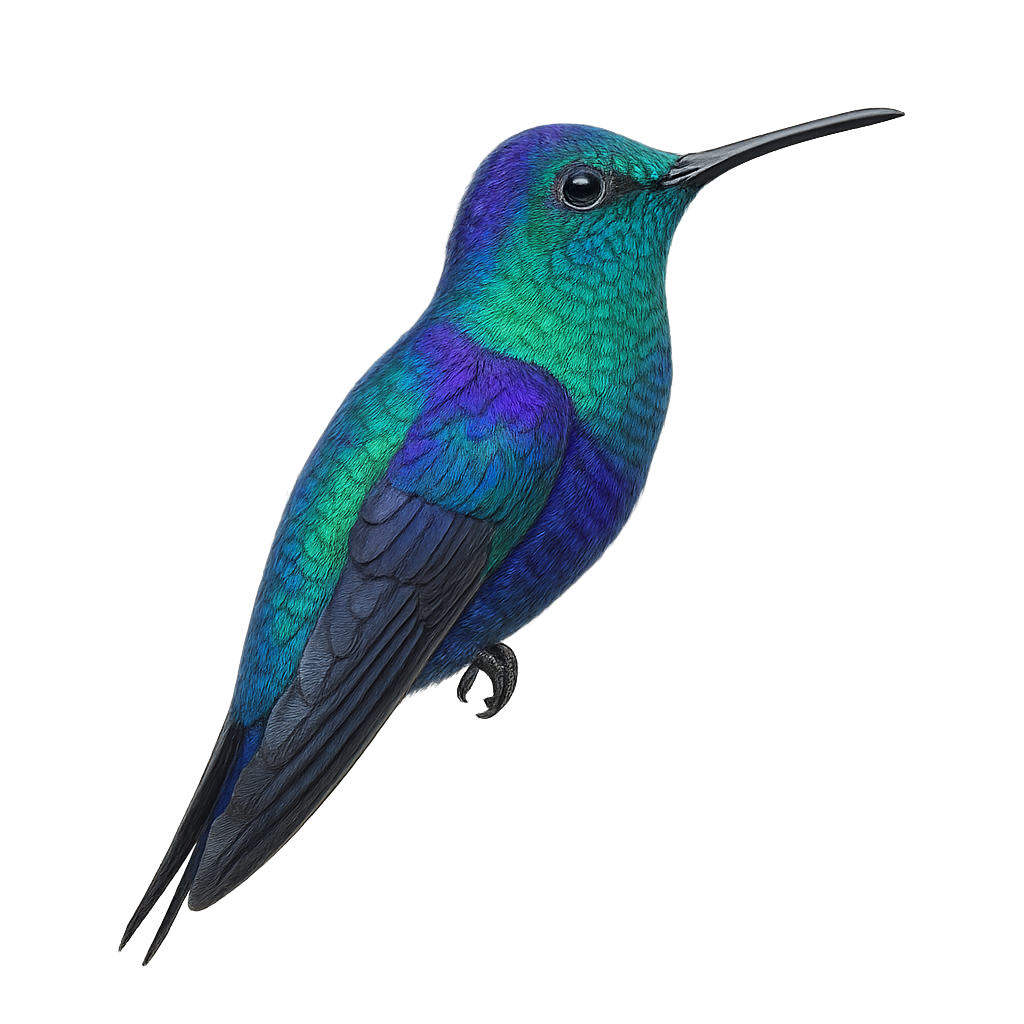Your wildlife photography guide.
Explore the crowned woodnymph in detail, study its behavior, prepare your shots.
Where to observe and photograph the crowned woodnymph in the wild
Learn where and when to spot the crowned woodnymph in the wild, how to identify the species based on distinctive features, and what natural environments it inhabits. The WildlifePhotographer app offers tailored photography tips that reflect the crowned woodnymph’s behavior, helping you capture better wildlife images. Explore the full species profile for key information including description, habitat, active periods, and approach techniques.
Crowned Woodnymph
Scientific name: Thalurania colombica

IUCN Status: Least Concern
Family: TROCHILIDAE
Group: Birds
Sensitivity to human approach: Suspicious
Minimum approach distance: 5 m
Courtship display: March to April
Incubation: 16-19 jours
Hatchings: March to May
Habitat:
Humid forests, forest edges, gardens
Activity period :
Primarily active during the day, with peak activity in the morning and late afternoon.
Identification and description:
The Crowned Woodnymph, or Thalurania colombica, is a vibrant hummingbird found primarily in the humid forests of Central and South America. This small bird, measuring about 9 to 11 cm, is known for its iridescent plumage. Males display a striking blue-violet head and throat, with a bright green back. Females, on the other hand, have more subdued green and gray tones. This hummingbird is a crucial pollinator, feeding mainly on nectar but also on small insects. It is often seen hovering near flowers, using its long bill to access nectar. Although its habitat is threatened by deforestation, it remains relatively common in protected areas.
Recommended lens:
400 mm – adjust based on distance, desired framing (portrait or habitat), and approach conditions.
Photography tips:
To photograph the Crowned Woodnymph, it is advisable to use a 400mm lens or longer to capture precise details without disturbing the bird. Look for areas where flowers are abundant, as these birds are often attracted to nectar sources. Be patient and wait for them to approach the flowers. Use a fast shutter speed to freeze the rapid movement of their wings. The natural light of the morning or afternoon is ideal to highlight the iridescent colors of their plumage.
The WildlifePhotographer App is coming soon!
Be the first to explore the best nature spots, track rutting seasons, log your observations, and observe more wildlife.
Already 1 430 wildlife lovers subscribed worldwide

